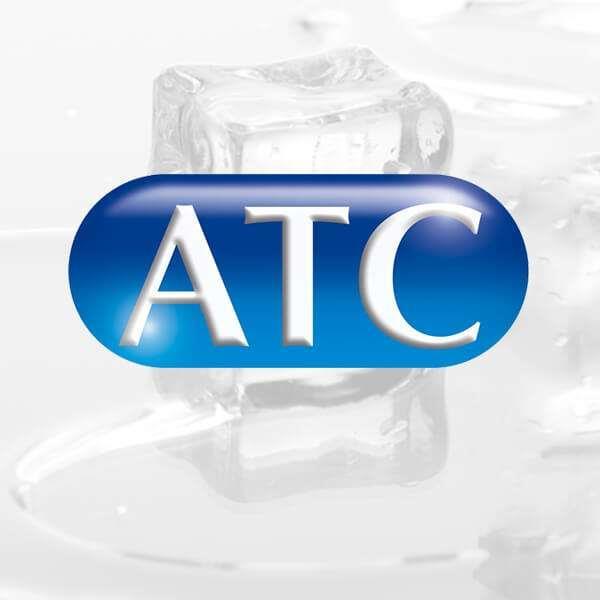
Low temperature packs are typically used in conjunction with
a chiller to provide cooling for applications that require very low
temperatures, such as in the food processing, chemical and medical industries.
The low
temperature pack comprises extra insulation around the water circuit,
which prevents heat entering the fluid. The insulation also prevents
condensation from occurring on the hoses, which can sometimes give the
impression of leaks.
The chiller is responsible for providing cooling by
circulating a refrigerant through the system to remove unwanted heat from heat
transfer fluids. Typically, chillers are able to operate down to +4°C. The low
temperature pack is designed to maintain the temperature of the heat transfer
fluid down to -15°C. If you are going to temperatures
below this, we also change components of the refrigeration circuit that are
more tolerant of cold temperatures.
When using a low temperature pack in a chiller system, the
selection of heat transfer fluid is an important consideration. The heat
transfer fluid is responsible for transferring heat from the process to the
refrigerant. Applied Thermal Control recommend use of Hexid A4, or a similar
glycol/water mixture, to operate at these temperatures. This is because glycol
has a lower freezing point than water and can maintain fluidity at very low
temperatures.
Please note that the cooling capacity will be reduced at
these set temperatures (see individual cooling capacity graphs). The chiller
must be used with Hexid A4, or a similar heat transfer fluid, to operate at
these temperatures.
There are several benefits to adding a low temperature pack
to a chiller:
Precise Temperature Control
- A low
temperature pack is designed to maintain a specific temperature range. This provides
precise temperature control for applications that require very low temperatures.
Increased Efficiency
- By using
a low temperature pack with a chiller, the chiller is able to operate more
efficiently. This is because the extra insulation provided by the low
temperature pack means that less heat/cold will be lost to the environment.
Greater Versatility
- The
addition of a low temperature pack to a chiller also increases the versatility
of the system. This is because the low temperature pack can be used for a wide
range of applications that require very low temperatures, such as food
processing, chemical processing, and medical facilities.
While there are many benefits to adding a low temperature
pack to a chiller, there are also some potential drawbacks to consider:
Higher Initial Cost
- The
addition of a low temperature pack to a chiller can increase the initial cost
of the system.
Increased Complexity
- By adding
components, the complexity of the system is increased. This can make it more
difficult to operate and maintain, which can lead to increased downtime and
maintenance costs.
Overall, while there are some potential drawbacks to adding a
low temperature pack to a chiller, the benefits often outweigh the costs. By
carefully considering the specific requirements of the application, and selecting
the right components, it is possible to minimize the potential drawbacks and
maximize the benefits of a low temperature pack in a chiller system.